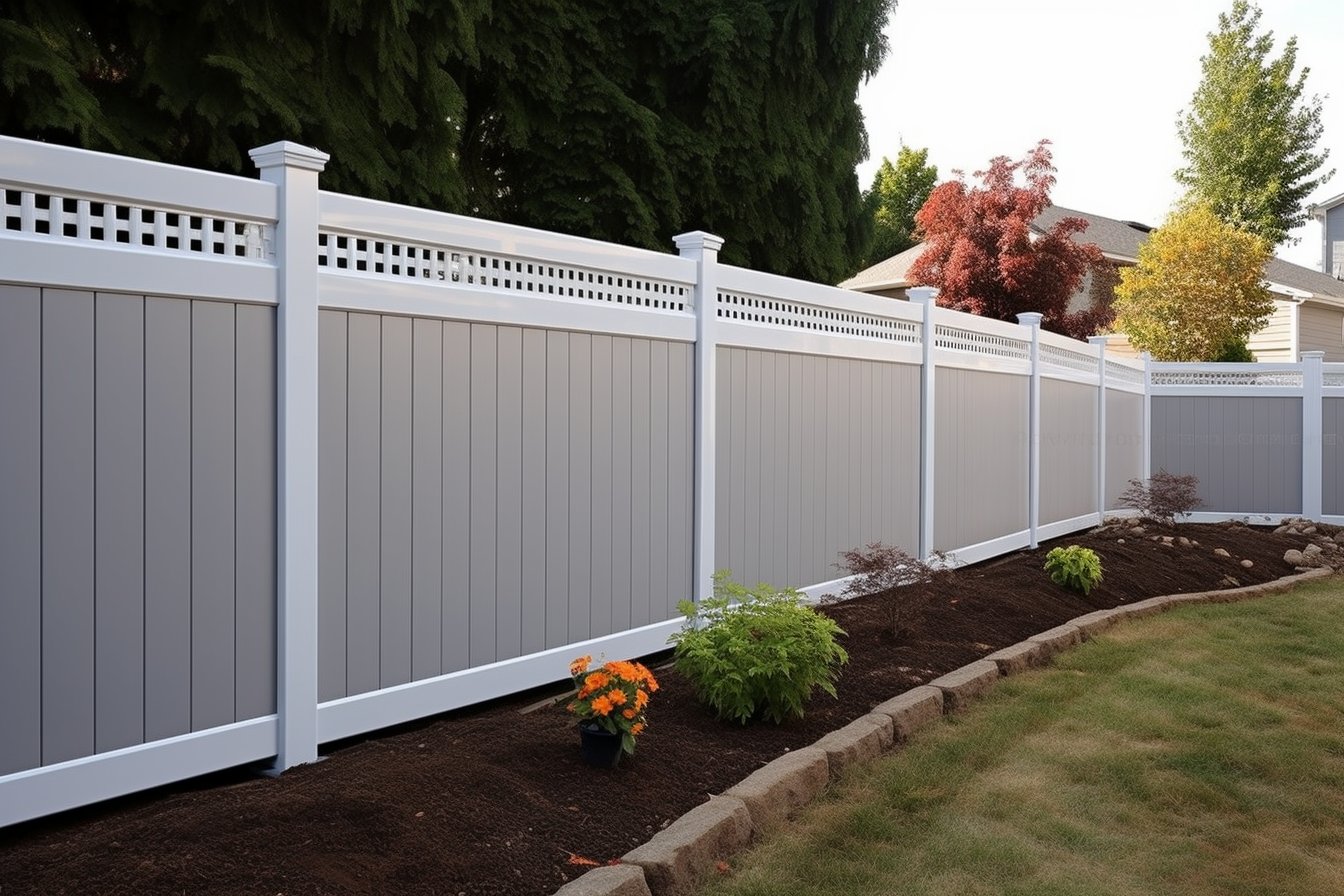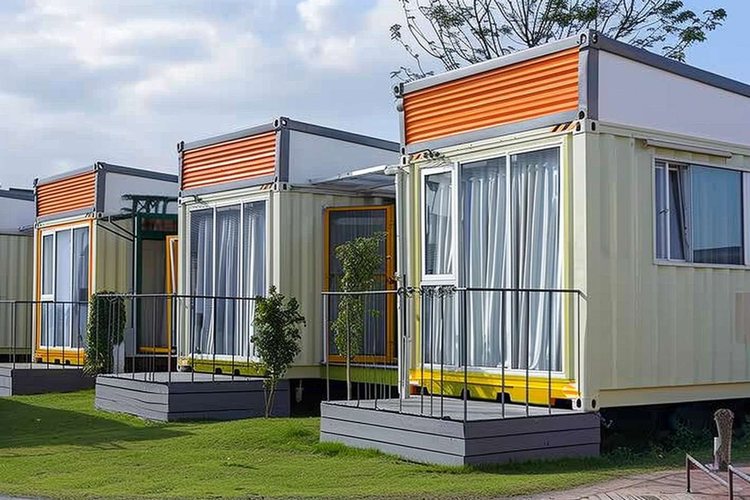How to Select the Best Garden Fence for Your Needs
Discover the most popular types of garden fences, including wood, vinyl, aluminum, chain-link, and wrought iron fences. Learn about installation costs, privacy options, and maintenance tips. Innovative ideas like gabion walls and laser-cut metal panels are also explored.

A garden fence serves multiple purposes, from defining property boundaries to creating a safe space for children and pets. The right fence can also add visual appeal to your landscape while providing the privacy and security you desire. With so many materials, styles, and price points available, selecting the ideal garden fence requires careful consideration of your priorities, climate conditions, maintenance preferences, and budget constraints.
What Factors Should You Consider When Choosing a Garden Fence?
Before purchasing a garden fence, evaluate your primary objectives. Are you seeking privacy from neighbors, protection from wildlife, or simply a decorative element? Your answer will guide material and height choices. Climate plays a crucial role as well—wooden fences may warp in humid environments, while metal options can rust without proper treatment. Consider maintenance requirements, as some materials demand regular staining or painting while others remain virtually maintenance-free. Local building codes and homeowner association regulations may also dictate height restrictions, setback requirements, and approved materials. Finally, assess your budget not just for initial installation but for long-term upkeep costs.
What Are Common Types of Garden Fences?
Garden fences come in various materials, each offering distinct advantages. Wood remains popular for its natural appearance and versatility, with options ranging from cedar and redwood to pressure-treated pine. Vinyl fencing has gained traction due to its durability and minimal maintenance needs, resisting rot, insects, and fading. Metal fences, including aluminum, steel, and wrought iron, provide excellent security and longevity, though they may require rust prevention treatments. Composite materials blend wood fibers with plastic polymers, offering the aesthetic of wood without the maintenance demands. Chain-link fencing provides an economical solution for pet containment and boundary marking, though it offers limited privacy. Bamboo and other natural materials create eco-friendly options with unique visual appeal, particularly suited to certain garden styles.
Which Fencing Options Provide Maximum Privacy?
For homeowners prioritizing privacy, solid panel designs work most effectively. Wood privacy fences with tightly spaced vertical boards create complete visual barriers, typically standing six to eight feet tall. Vinyl privacy panels offer similar coverage with enhanced durability and weather resistance. Composite fencing combines privacy with low maintenance, available in various colors and textures. For a more natural approach, living fences using dense evergreen shrubs or climbing vines on trellises provide privacy while supporting local ecosystems. Horizontal slat fences offer a modern aesthetic while blocking sightlines, and corrugated metal panels deliver contemporary style with complete privacy. When selecting privacy fencing, consider wind resistance, as solid panels can act as sails during storms, potentially requiring reinforced posts and deeper footings.
What Are the Installation and Cost Considerations?
Garden fence costs vary significantly based on material, height, length, and installation complexity. Wood fencing typically ranges from 15 to 50 dollars per linear foot installed, depending on wood type and design. Vinyl options generally cost between 20 and 60 dollars per linear foot, with higher upfront expenses offset by minimal maintenance. Metal fencing spans a wide range, with chain-link starting around 10 to 20 dollars per linear foot, while ornamental iron can exceed 100 dollars per linear foot. Composite materials usually fall between 25 and 70 dollars per linear foot installed.
Installation considerations include terrain challenges, with sloped yards requiring stepped or racked fence designs that increase labor costs. Professional installation ensures proper post placement, level alignment, and structural integrity, though DIY installation can reduce expenses for simpler designs. Underground utilities must be located before digging post holes, and concrete footings may be necessary for taller fences or unstable soil conditions.
| Material Type | Cost Range (Per Linear Foot) | Lifespan | Maintenance Level |
|---|---|---|---|
| Pressure-Treated Pine | 15-30 dollars | 15-20 years | Moderate |
| Cedar Wood | 25-40 dollars | 20-25 years | Moderate |
| Vinyl | 20-60 dollars | 20-30 years | Low |
| Chain-Link | 10-20 dollars | 15-20 years | Low |
| Aluminum | 25-40 dollars | 20-30 years | Low |
| Composite | 25-70 dollars | 25-30 years | Very Low |
| Wrought Iron | 60-100+ dollars | 30+ years | Moderate |
Prices, rates, or cost estimates mentioned in this article are based on the latest available information but may change over time. Independent research is advised before making financial decisions.
What Are Creative Garden Fence Design Ideas?
Beyond functionality, garden fences offer opportunities for creative expression. Mixing materials creates visual interest—combining wood with metal accents or incorporating stone pillars with wood panels adds dimension. Painted fences in bold colors or soft pastels can complement your garden palette and architectural style. Incorporating decorative elements like lattice toppers, post caps, or cutout designs personalizes your fence while maintaining functionality. Vertical gardens transform fences into living walls, with mounted planters supporting herbs, flowers, or succulents. Lighting integration enhances evening ambiance and security, using solar post caps, string lights, or low-voltage fixtures. For artistic flair, consider murals, stenciled patterns, or mosaic tile accents that reflect your personality while enhancing curb appeal.
Maintaining Your Garden Fence for Longevity
Proper maintenance extends fence lifespan and preserves appearance. Wood fences benefit from annual inspections for rot, insect damage, and loose boards, with resealing or staining every two to three years protecting against moisture and UV damage. Vinyl fences require occasional washing with soap and water to remove dirt and mildew. Metal fences need periodic checks for rust spots, which should be sanded and treated with rust-inhibiting primer and paint. Composite materials generally need only occasional cleaning, though checking hardware and fasteners ensures structural integrity. Trimming vegetation away from fence lines prevents moisture buildup and pest habitats while maintaining clear sightlines. Post stability should be verified annually, with loose posts requiring additional soil compaction or concrete reinforcement.
Selecting the right garden fence involves balancing aesthetic preferences, functional requirements, and budget constraints. By carefully considering your priorities, exploring available materials, understanding installation complexities, and planning for ongoing maintenance, you can choose a fence that enhances your property value, provides necessary security or privacy, and complements your landscape design for years to come.




